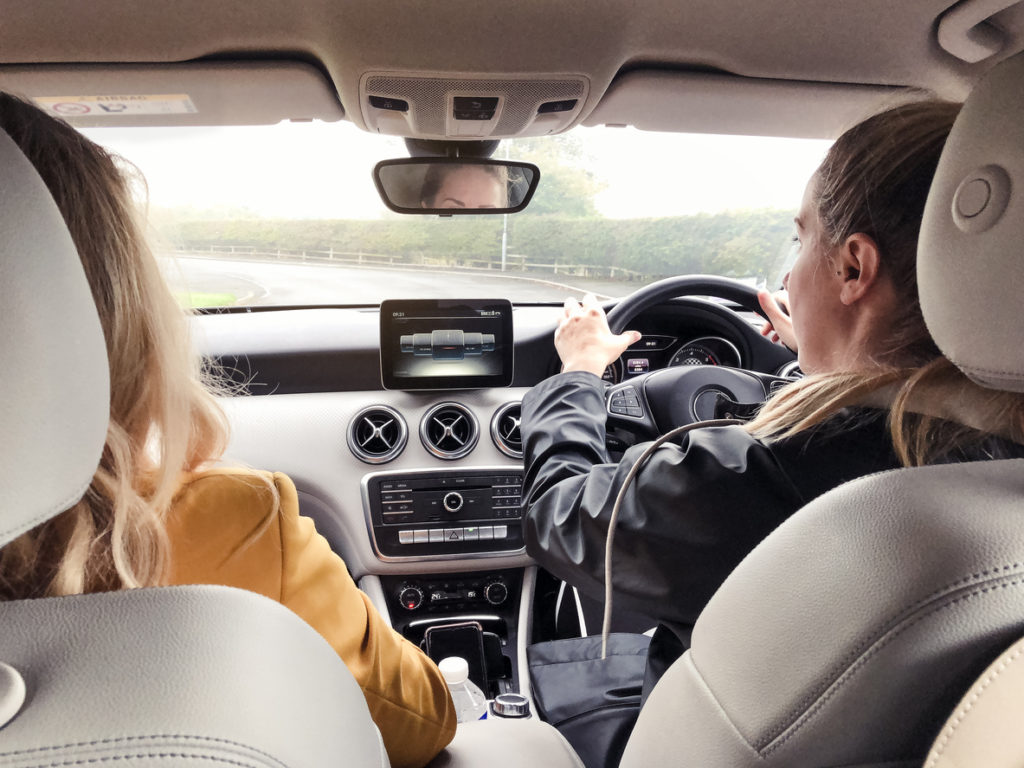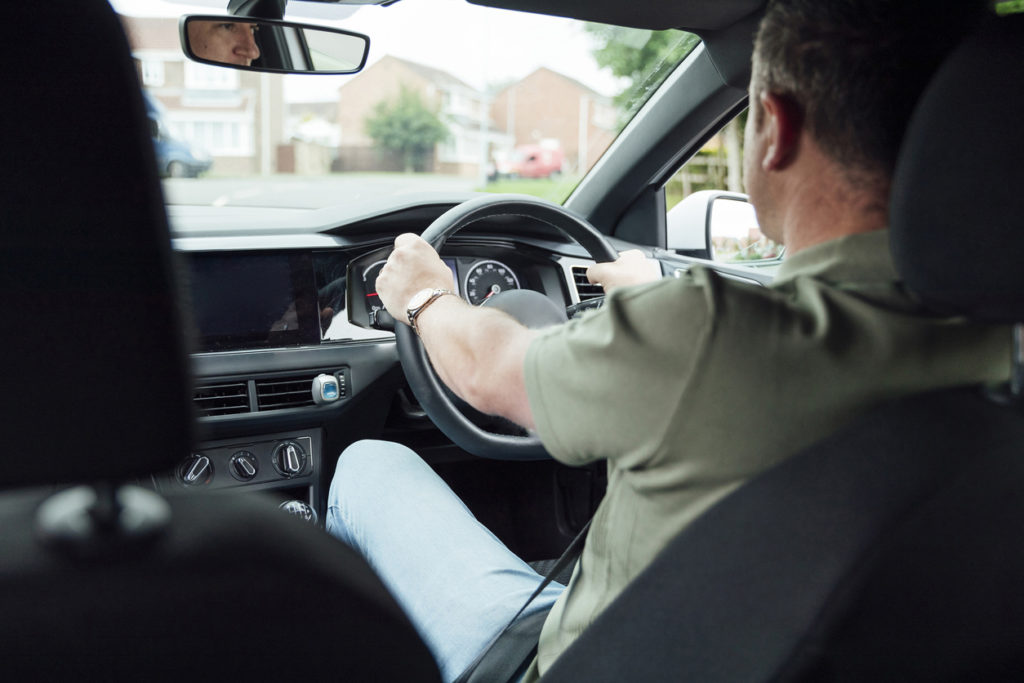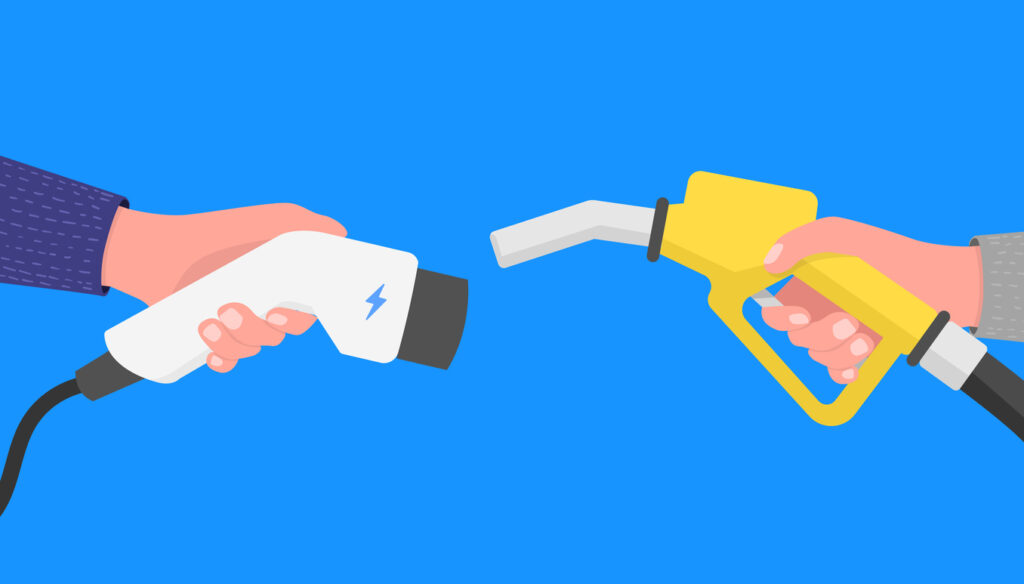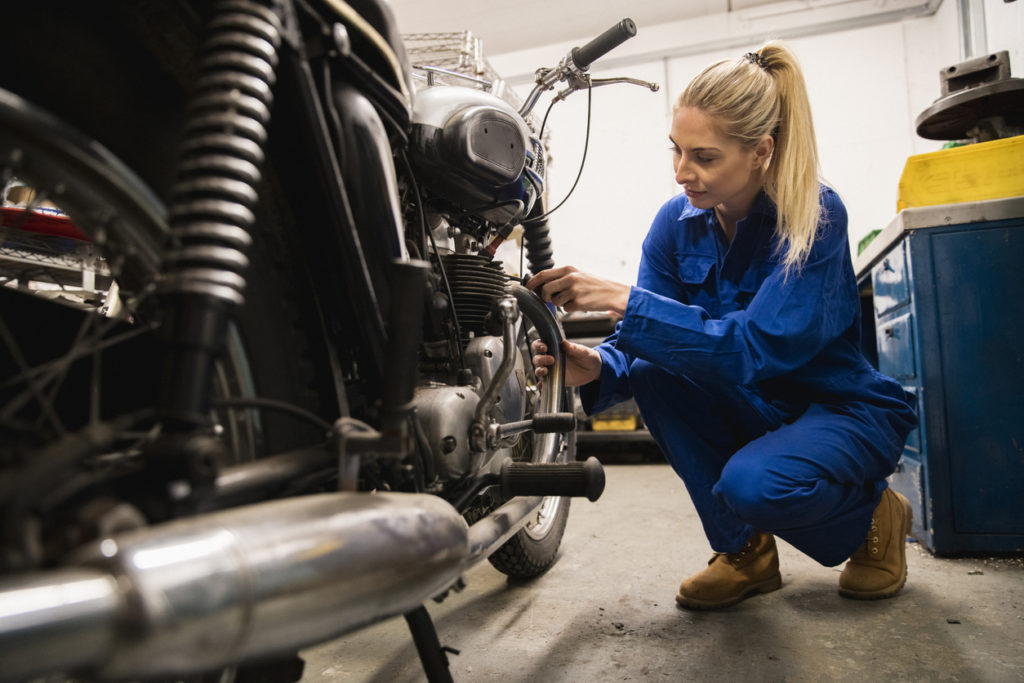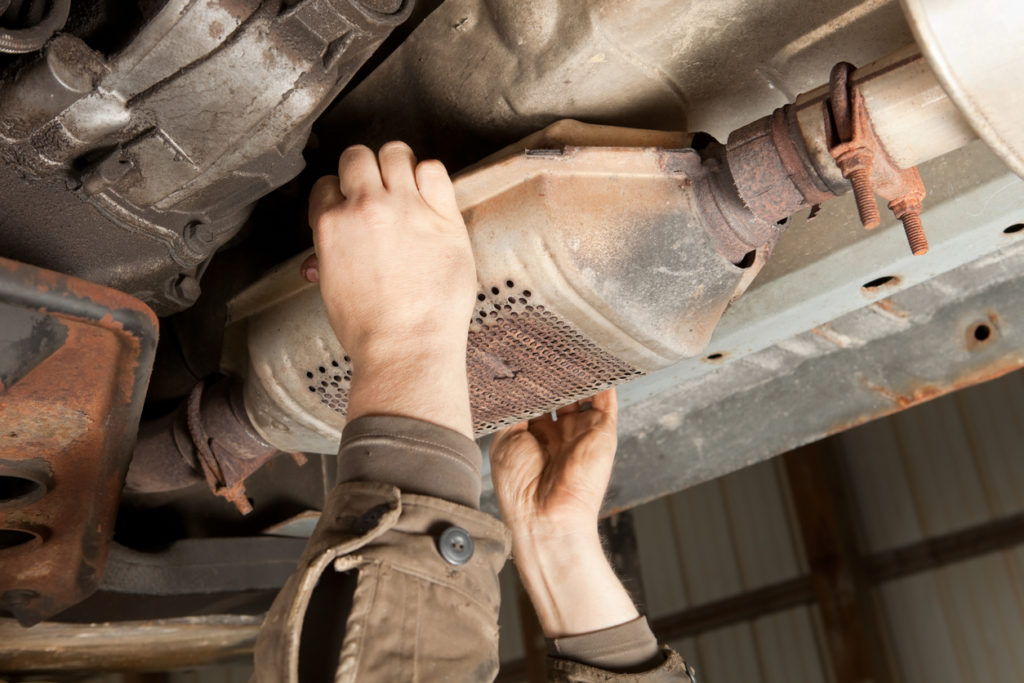Looking to save money and maximise fuel economy? Hypermiling could be the answer.
No, it’s not something from the pages of science fiction. Instead, hypermiling is just a cool term that refers to driving with fuel economy in mind, and it’s been gaining traction in recent months due to soaring fuel and living costs.
So, what exactly is hypermiling? How do you do it? And is it safe? This guide will fill you in on the ins and outs of this latest motoring craze, so you can judge whether it’s worth your time.
Quick Links
What is Hypermiling?
Hypermiling is an umbrella term for a range of driving techniques that maximise fuel efficiency and MPG. The term was coined in 2004 by Wayne Gerdes, founder of consumption awareness site CleanMPG, and has hit the headlines in 2022 due to the cost-of-living crisis.
The idea behind hypermiling is to cover as many miles as possible using as little fuel as possible. Of course, that requires completely new driving habits and techniques, which we’ll cover in greater detail later.
Its name may be far more exciting than its definition, but hypermiling is well worth considering if you’re looking to reduce your fuel bills. By changing how you drive and adopting more economical techniques, it’s possible to make every tank of fuel go much further than it otherwise would have.
How Do You Do Hypermiling?
So, how exactly do you do hypermiling? And what techniques should you be adopting?
As it happens, there are loads of ways to “hypermile”, and you may actually do some of them already. But since there are always new techniques to try, here’s a quick look at everything that falls under the banner of hypermiling.
Coasting
Coasting is when your car is moving in gear but you’re not using the accelerator. For example, if you can see a red light in the distance, removing your foot from the accelerator and slowing gradually will save fuel. This is coasting in action.
Why is coasting considered hypermiling? Since lots of modern cars have a fuel cut-off when the accelerator isn’t being pressed, it’s an economical way to maintain steady momentum without using any fuel. Coasting does require good anticipation and correct use of the gears, but it can be a useful adjustment, especially if you do lots of stop-start driving around town.
Greater Use of Cruise Control
Maintaining a steady speed is one of the best ways to control MPG and safeguard your long-term running costs. So, if your car has cruise control, it’s absolutely worth using it, even if it’s only for short journeys.
Say, for example, that your route to the gym is on a 40-mph road. Rather than manually operating the throttle to keep the car at 40, using cruise control guarantees a steady and continuous speed, without the risk of over or under accelerating.
Cruise control has long been seen as a nice-to-have feature as opposed to an essential, but if you’re serious about giving hypermiling a go, you need to be using your car’s cruise features as often as you can.
Here are some other ideas on how to save money on fuel.
Planning Your Journeys
While you might call on Google Maps when travelling somewhere new, what about when you’re pootling around your hometown? Surely that’s overkill, right?
Hypermiling enthusiasts would say otherwise. Even if you know where you’re going, it’s always worth planning your journeys and checking local traffic conditions, in case a faster and more efficient route than you would normally take is available.
Not only that, but you should plan your journeys during off-peak times when there’s less traffic and thus less congestion. Stop-start driving in endless traffic jams is a big no-no in the world of hypermiling, so where possible, get your trips done and dusted with when traffic is at its lightest.
Finding the Cheapest Fuel
While we’d all like to have a cheap fuel station on our doorstep, this isn’t always the case, and convenience can often trump price when it comes to heading to the pumps.
For hypermilers, though, settling for fuel that isn’t the cheapest available simply isn’t an option. They’ll search high and low for the cheapest forecourt prices, planning their journeys accordingly to make sure they’re near affordable fuel when it’s time to top up the tank.
This might sound like a minimal gains kind of exercise, but with the right research and planning, you can easily find more affordable fuel in your local area. To get started, we’d recommend the PetrolPrices app.
Using Fuel Additives to Maximise Engine Health and Efficiency
This point may seem like self-promotion, but fuel additives are a major part of hypermiling. And since the technique is all about maximising fuel efficiency and vehicle performance, using fuel additives and system cleaners makes absolute sense.
Take our Petrol System Cleaner, for example. Removing deposits from the fuel injectors, it restores engine performance and reduces emissions, ensuring that your car is running at its absolute best – which is one of the main prerequisites of hypermiling.
Will Hypermiling Damage Your Car?
No, it’s unlikely.
Hypermiling is more to do with adjusting your driving habits and style rather than anything mechanical. It relies on greater anticipation of the road ahead, considered use of gears and controls, and the need for more pre-trip route planning.
In fact, by adopting some of the techniques associated with hypermiling, you can actually reduce day-to-day wear and tear. Think about it: by being more mindful of the road ahead and always driving your car within its limits, you’ll reduce the strain placed on components like the brakes, suspension, and engine.
Still, you do need to be mindful of a couple of things, particularly when it comes to coasting, engine braking, and ‘pulsing’ the clutch. These techniques can cause stress within the transmission system, so use them responsibly and make sure you have your car serviced regularly to stay on top of potential issues.
So there you have it, a quick introduction to hypermiling and its benefits. Don’t forget that to get the most out of hypermiling, using fuel additives can be of major benefit – whether you drive a diesel or a petrol. Click here to browse our complete range of Redex innovative fuel additives.

